|
Your search criteria found 477 images Mission |
| My List |
Addition Date | Target | Mission |
Instrument
|
Size |

|
1996-06-03 | Io |
Voyager |
684x803x3 | |

|
|||||

|
1996-01-29 | Jupiter |
Voyager |
2000x536x3 | |

|
|||||

|
1996-01-29 | Io |
Voyager |
1160x1160x3 | |
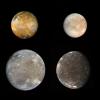
|
|||||

|
1996-08-29 | Earth |
Voyager |
565x790x3 | |

|
|||||

|
1996-08-09 | Europa |
Voyager |
400x400x3 | |
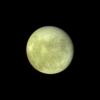
|
|||||

|
1996-01-29 | Jupiter |
Voyager |
760x876x3 | |

|
|||||

|
1996-01-29 | Jupiter |
Voyager |
908x880x3 | |
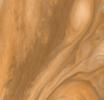
|
|||||

|
1996-01-29 | Jupiter |
Voyager |
908x880x3 | |
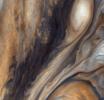
|
|||||

|
1999-08-31 | Io |
Voyager |
582x720x3 | |

|
|||||

|
1996-08-01 | Jupiter |
Voyager |
2798x2030x3 | |
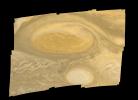
|
|||||

|
1996-01-29 | Saturn |
Voyager |
971x855x3 | |
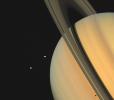
|
|||||

|
1996-01-29 | Saturn |
Voyager |
400x300x3 | |
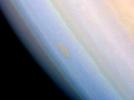
|
|||||

|
1996-01-29 | Saturn |
Voyager |
770x910x3 | |

|
|||||

|
1999-08-30 | Saturn |
Voyager |
652x461x3 | |
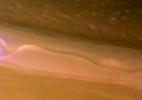
|
|||||

|
1996-01-29 | U Rings |
Voyager |
399x500x3 | |

|
|||||

|
1996-01-29 | Oberon |
Voyager |
500x500x3 | |
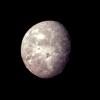
|
|||||

|
1996-01-29 | U Rings |
Voyager |
998x1499x1 | |

|
|||||

|
1996-01-29 | Miranda |
Voyager |
764x785x1 | |

|
|||||

|
1996-08-01 | Miranda |
Voyager |
2500x2200x1 | |
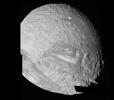
|
|||||

|
1996-01-29 | Neptune |
Voyager |
430x465x1 | |

|
|||||

|
1996-01-29 | Nereid |
Voyager |
200x200x1 | |
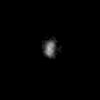
|
|||||

|
1996-01-29 | Neptune |
Voyager |
330x330x1 | |
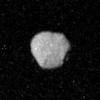
|
|||||

|
1996-01-29 | Neptune |
Voyager |
780x780x3 | |
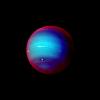
|
|||||

|
1996-01-29 | Neptune |
Voyager |
682x596x3 | |
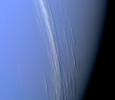
|
|||||

|
1996-01-29 | Triton |
Voyager |
1000x1000x1 | |
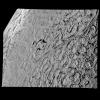
|
|||||

|
1996-01-29 | Neptune |
Voyager |
600x800x1 | |

|
|||||

|
1996-09-26 | Jupiter |
Voyager |
1471x1238x3 | |
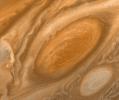
|
|||||

|
1998-06-04 | Triton |
Voyager |
4500x3500x3 | |
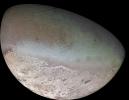
|
|||||

|
1998-06-04 | Io |
Voyager |
2572x1286x3 | |
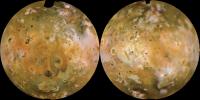
|
|||||

|
1998-06-04 | Io |
Voyager |
2468x1051x3 | |
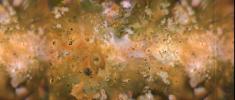
|
|||||

|
1998-06-04 | Io |
Voyager |
1240x1229x3 | |
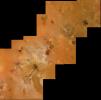
|
|||||

|
1998-06-04 | Io |
Voyager |
2625x1840x3 | |
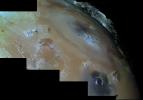
|
|||||

|
1998-06-04 | Io |
Voyager |
718x800x3 | |

|
|||||

|
1998-06-04 | Triton |
Voyager |
1910x1268x3 | |
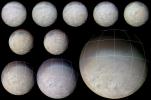
|
|||||

|
1999-06-19 | Saturn |
Voyager |
800x550x3 | |

|
|||||

|
1998-06-04 | Triton |
Voyager |
3000x3000x3 | |
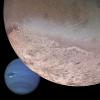
|
|||||

|
1998-06-04 | Jupiter |
Voyager |
840x840x3 | |
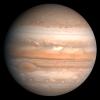
|
|||||

|
1998-06-04 | Triton |
Voyager |
1300x1280x3 | |
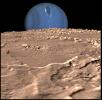
|
|||||

|
1998-06-04 | Uranus |
Voyager |
540x800x3 | |

|
|||||

|
1998-06-04 | Saturn |
Voyager |
860x1230x3 | |

|
|||||

|
1998-06-08 | Saturn |
Voyager |
860x1230x3 | |

|
|||||

|
1998-10-30 | Jupiter |
Voyager |
2081x1654x3 | |
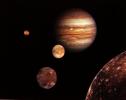
|
|||||

|
1998-10-30 | Saturn |
Voyager |
2351x2015x3 | |
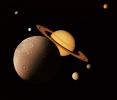
|
|||||

|
1998-10-30 | Saturn |
Voyager |
2674x2075x3 | |
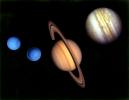
|
|||||

|
1998-10-30 | J Rings |
Voyager |
1715x1706x1 | |
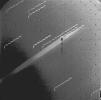
|
|||||

|
1998-11-02 | Io |
Voyager |
1573x1738x3 | |

|
|||||

|
1998-10-30 | U Rings |
Voyager |
1760x2450x1 | |

|
|||||

|
1998-11-02 | Uranus |
Voyager |
2118x2618x3 | |

|
|||||

|
1998-10-30 | Uranus |
Voyager |
954x962x3 | |
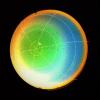
|
|||||

|
1998-10-30 | Miranda |
Voyager |
1581x1600x1 | |

|
|||||

|
1998-10-30 | Neptune |
Voyager |
2073x2678x3 | |

|
|||||

|
1998-10-30 | Neptune |
Voyager |
2188x2185x3 | |
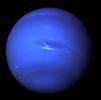
|
|||||

|
1998-10-30 | Neptune |
Voyager |
1469x1160x1 | |
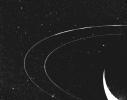
|
|||||

|
1999-06-22 | Jupiter |
Voyager |
1362x1228x3 | |
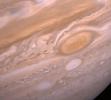
|
|||||

|
1999-05-08 | J Rings |
Voyager |
1586x1239x3 | |
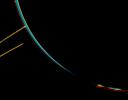
|
|||||

|
1999-05-08 | Io |
Voyager |
1517x1519x3 | |
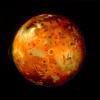
|
|||||

|
1999-05-08 | S Rings |
Voyager |
2090x2328x3 | |

|
|||||

|
1999-05-08 | Titan |
Voyager |
1296x960x3 | |
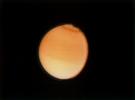
|
|||||

|
1999-05-08 | Titan |
Voyager |
1715x1825x3 | |

|
|||||

|
1999-05-08 | Ariel |
Voyager |
1330x1508x1 | |

|
|||||

|
1999-05-08 | Uranus |
Voyager |
923x963x3 | |

|
|||||

|
1999-05-08 | Triton |
Voyager |
1934x2292x3 | |

|
|||||

|
1999-05-08 | Triton |
Voyager |
1894x1854x1 | |
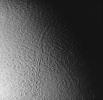
|
|||||

|
1999-05-08 | Triton |
Voyager |
1885x1903x1 | |

|
|||||

|
1999-05-08 | Neptune |
Voyager |
1479x1159x3 | |
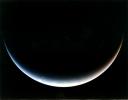
|
|||||

|
1999-08-23 | Neptune |
Voyager |
800x600x3 | |
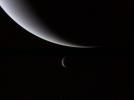
|
|||||

|
1999-08-25 | Triton |
Voyager |
3400x2500x1 | |
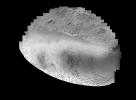
|
|||||

|
1999-08-24 | Miranda |
Voyager |
595x595x1 | |
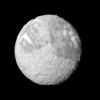
|
|||||

|
1999-08-24 | Miranda |
Voyager |
1020x1020x1 | |
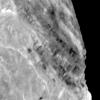
|
|||||

|
2000-06-08 | Io |
Voyager |
1700x1500x3 | |
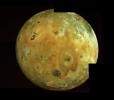
|
|||||

|
2002-02-16 | Europa |
Galileo Voyager |
8812x4381x3 | |
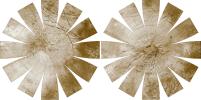
|
|||||

|
2003-05-09 |
Voyager Interstellar Mission |
3017x2494x3 | ||
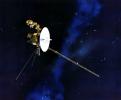
|
|||||

|
2003-12-12 | Sol (our sun) |
Voyager |
576x389x3 | |
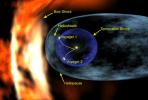
|
|||||

|
2011-03-08 |
Voyager |
1280x720x3 | ||
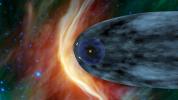
|
|||||

|
2011-04-28 |
Voyager |
1280x720x3 | ||
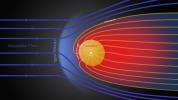
|
|||||

|
2011-04-28 |
Voyager |
793x704x3 | ||
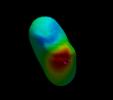
|
|||||

|
2011-04-29 |
Voyager |
2160x1152x3 | ||
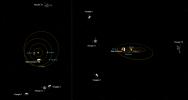
|
|||||

|
2011-04-29 |
Voyager |
1600x1200x3 | ||
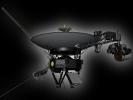
|
|||||

|
2011-04-29 |
Voyager |
981x552x3 | ||
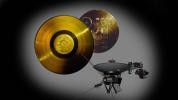
|
|||||

|
2011-08-03 | Jupiter |
Juno Voyager |
3072x3072x3 | |
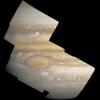
|
|||||

|
2011-12-05 |
Voyager |
1280x720x3 | ||
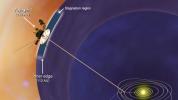
|
|||||

|
2011-12-16 | Sol (our sun) |
Voyager |
1280x720x3 | |
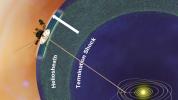
|
|||||

|
2011-12-16 | Sol (our sun) |
Voyager |
1280x720x3 | |
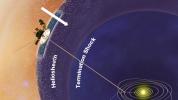
|
|||||

|
2011-12-16 | Sol (our sun) |
Voyager |
1280x720x3 | |
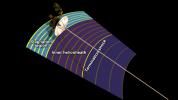
|
|||||

|
2011-12-16 | Sol (our sun) |
Voyager |
1281x718x3 | |
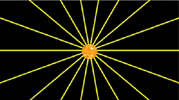
|
|||||

|
2012-12-03 | Sol (our sun) |
Voyager |
1772x975x3 | |
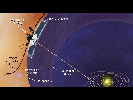
|
|||||

|
2012-12-03 | Sol (our sun) |
Voyager |
1000x973x3 | |
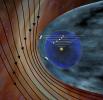
|
|||||

|
2012-12-03 | Sol (our sun) |
Voyager |
1280x720x3 | |
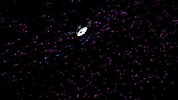
|
|||||

|
2013-02-12 | Sol (our sun) |
Voyager |
1280x730x3 | |
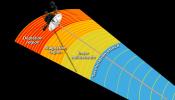
|
|||||

|
2013-06-27 | Sol (our sun) |
Voyager |
1385x1103x3 | |
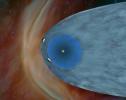
|
|||||

|
2013-06-27 | Sol (our sun) |
Voyager |
1280x730x3 | |
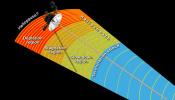
|
|||||

|
2013-07-03 |
Voyager |
1024x1280x3 | ||

|
|||||

|
2013-07-03 |
Voyager |
800x600x3 | ||
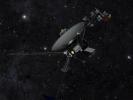
|
|||||

|
2013-09-12 | Sol (our sun) |
Voyager |
5432x3025x3 | |
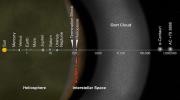
|
|||||

|
2013-09-12 | Sol (our sun) |
Voyager |
1280x720x3 | |
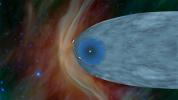
|
|||||

|
2013-09-12 | Sol (our sun) |
Voyager |
1280x720x3 | |
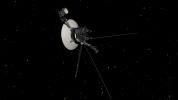
|
|||||

|
2013-09-12 | Sol (our sun) |
Voyager |
1280x720x3 | |
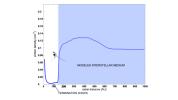
|
|||||

|
2013-09-12 | Sol (our sun) |
Voyager |
1280x720x3 | |
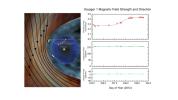
|
|||||

|
2013-09-12 | Sol (our sun) |
Voyager |
1280x720x3 | |
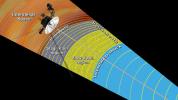
|
|||||

|
2013-09-12 | Sol (our sun) |
Voyager |
8192x4610x3 | |
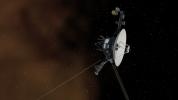
|
|||||
 |
 |
 |
 |
 |

|
|
| 1-100 | 101-200 | 201-300 | 301-400 | 401-500 |
| Currently displaying images: 1 - 100 of 477 |